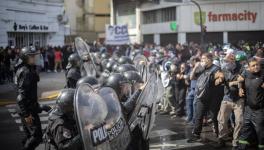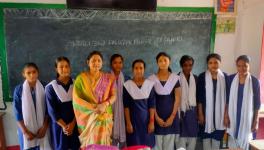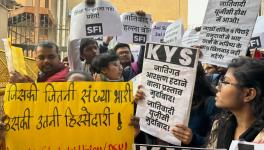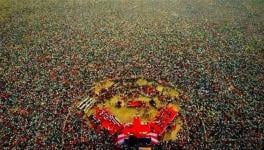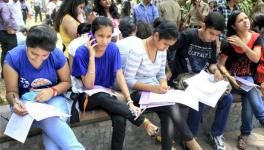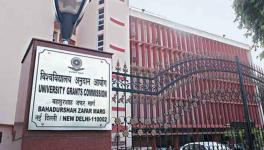Vamos, Vamos Students: Argentina’s Right to Education
It is difficult to find a country these days where education from nursery to university is paid from the social wealth. Some countries exist – Norway’s oil wealth underwrites the cost of higher education, while Cuba’s social commitment does the same. In these countries, students do not go into debt. Nor do they have to curtail their dreams and pick courses of study which will – they believe – result in jobs.
On the short list of such countries is Argentina, where students are able to study to their last degree with barely any payment towards the education. Argentine society continues to believe that it is worthwhile to use the social wealth to educate children and young adults, that they should not start life burdened by inexcusable debt.
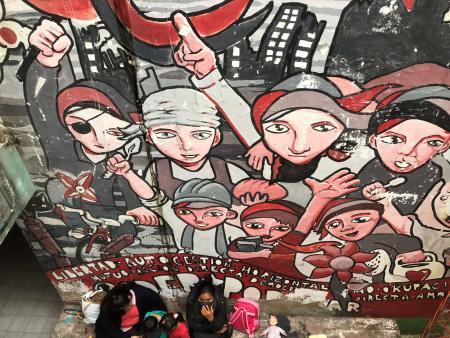
But, it is not easy to maintain this belief.
Only a few decades ago, about half of the Argentine population lived in poverty; thanks to the social democratic governance of the Kirschner administrations (2003-2015), that percentage has been reduced to a third of the people under the poverty line. Even the World Bank celebrated the Kirschner governments’ attempt to expand the social wage, with an enhanced National Rural Education Program designed to bring more young people into the education system. By the World Bank’s calculations, this programme brought 868,540 students into schools. To put this number into perspective, the total population of Argentina is 44 million, while the number of those young people who are between the ages of 15 and 25 is 6.7 million.
The current government of the Right-wing – led by Mauricio Macri – has made a mess of the Argentine economy. Dollar-denominated loans rushed into the country and inflated Argentina’s debt. As the US Federal Reserve raised its interest rates, the dollars moved quickly back to the United States, leaving Argentina with larger interest payments and a crumbling peso. Macri’s government bent its head to the International Monetary Fund (IMF), which – as is its habit – asked for cuts across the board. Commitment to education fell off the table – one of the first victims of the neo-liberal knife. Macri announced that the government would slice US$99 million from public education. Coming as inflation has increased and the value of teachers’ salaries have weakened, this was unwelcome news.
It brought the people onto the streets.
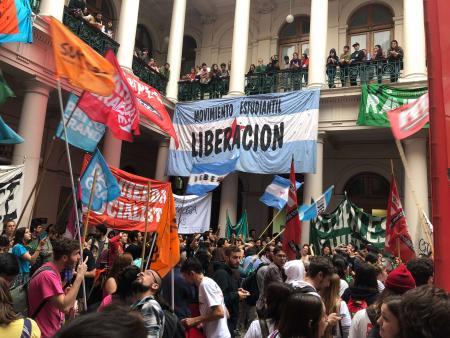
An interior courtyard of the University of La Plata resounds with chants. Different factions of the student movement, from the far Left to the near Left, shake the old building with their enthusiasm on August 29, the evening before a large march through nearby Buenos Aires. The march on August 30 had been planned by the teachers. They wanted to make it clear that they needed better salaries. The students had gathered to support their teachers and to defend public education. There is a fierce determination. They are unwilling to bend.
The next day, a massive demonstration took hold in Buenos Aires. This demonstration came at the end of the fourth week of strikes by teachers and university staff. The main slogans morphed quickly from the defence of public education to the illegitimacy of the government. The currency question haunts the crowds. The peso had lost 20% in two days. A hike in Argentina’s interest rate (to 60%) and a quick statement by the IMF halted the selling off of the peso. But it remains vulnerable. As does Argentina’s economy (as do other middle-income countries such as India, South Africa and Turkey). A loan of US$50 billion from the IMF is not a long-term solution, merely short-term protection for a government with no new ideas. A year from now – on October 27, 2019 – Argentina will have another presidential election. The weight of the betrayal of the students will hang heavy on the right-wing.
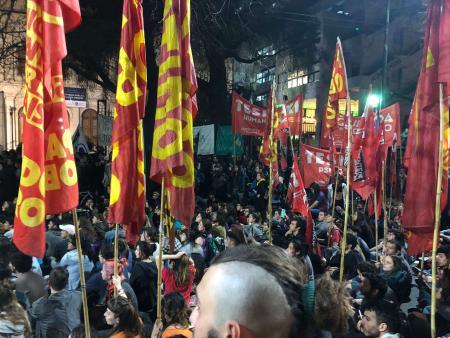
At each street corner it seems, there is a hawker selling scarfs – green for those who support women’s rights over their bodies, purple for the feminist movement and (much more rarely) blue against abortion. Students in their protests tie the green and purple scarfs to their wrists or on their backpacks. Their radicalism is wide and deep.
Many of the hawkers come from West Africa. This week, the police in Buenos Aires began to harass some Senegalese hawkers in the neighbourhood of Constitución. Militants from the Movement of Excluded Workers (MTE-CTEP) – many of them former student activists – went to defend the hawkers, whom they call ‘comrades of the popular economy’. The police arrested three leaders of CTEP – Juan Grabois, Jacqueline Flores and Rafael Klejzler. When I met Grabois last month, he told me how the right-wing government was detached from the people, including from the West African hawkers. It is one of the important elements of this new left movement in Argentina that it welcomes everyone – Bolivian farmers and Senegalese hawkers, equally. This is also the ethos of the students. It promises not only to defend the way the country’s wealth should be spent, but also the attitude of the state and society towards people. It wants to imagine a different Argentina, a less stingy country, a country with greater sovereignty to dream of its own future.
Get the latest reports & analysis with people's perspective on Protests, movements & deep analytical videos, discussions of the current affairs in your Telegram app. Subscribe to NewsClick's Telegram channel & get Real-Time updates on stories, as they get published on our website.









